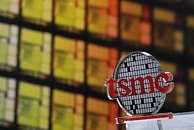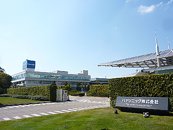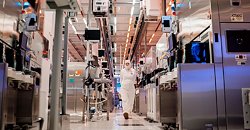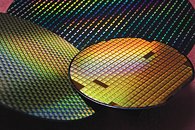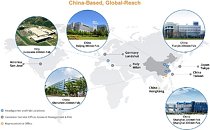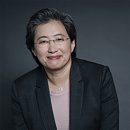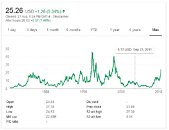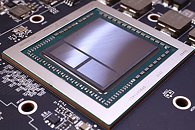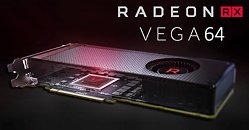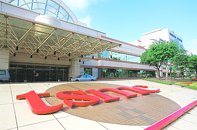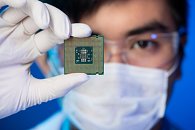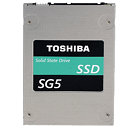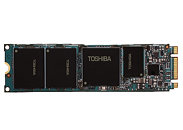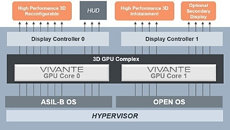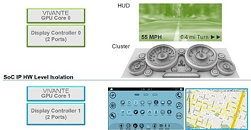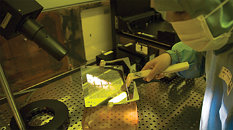
Arm Delivers New Edge Processor IPs for IoT
Today, Arm announced significant additions to its artificial intelligence (AI) platform, including new machine learning (ML) IP, the Arm Cortex -M55 processor and Arm Ethos -U55 NPU, the industry's first microNPU (Neural Processing Unit) for Cortex-M, designed to deliver a combined 480x leap in ML performance to microcontrollers. The new IP and supporting unified toolchain enable AI hardware and software developers with more ways to innovate as a result of unprecedented levels of on-device ML processing for billions of small, power-constrained IoT and embedded devices.



